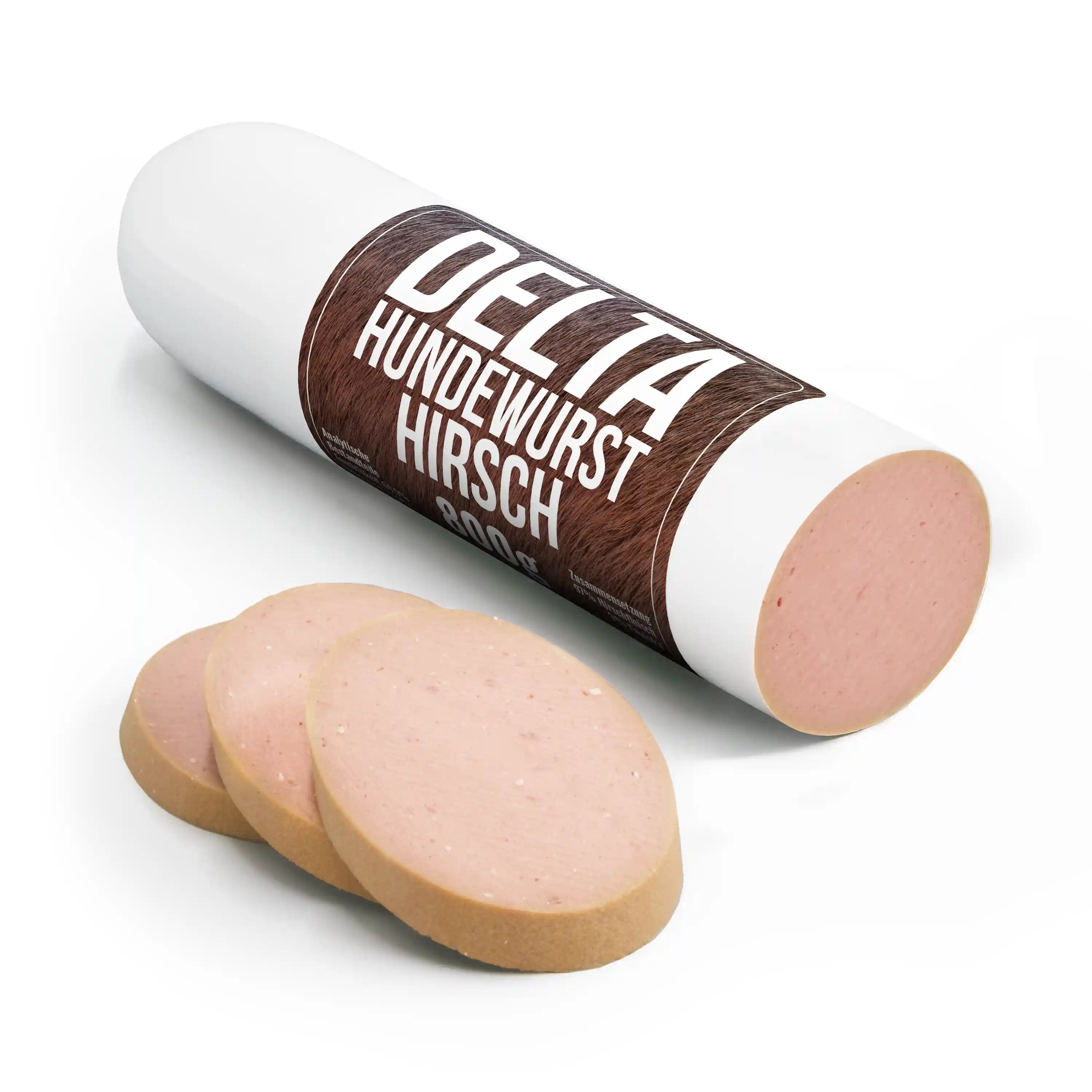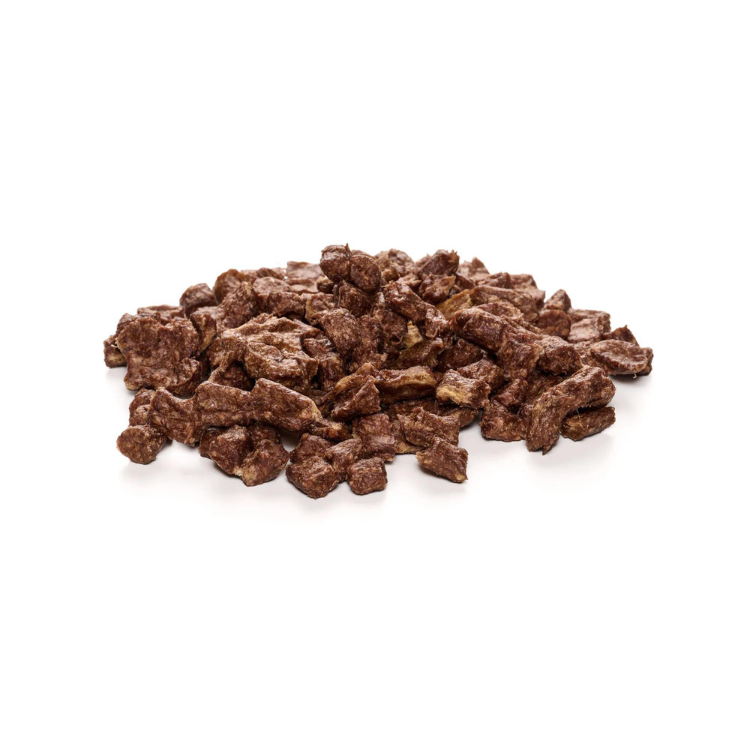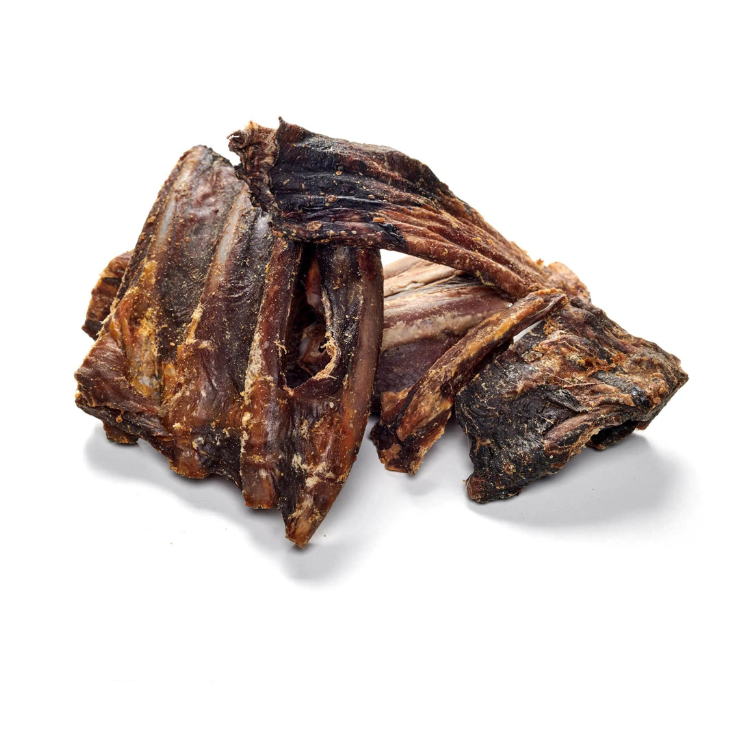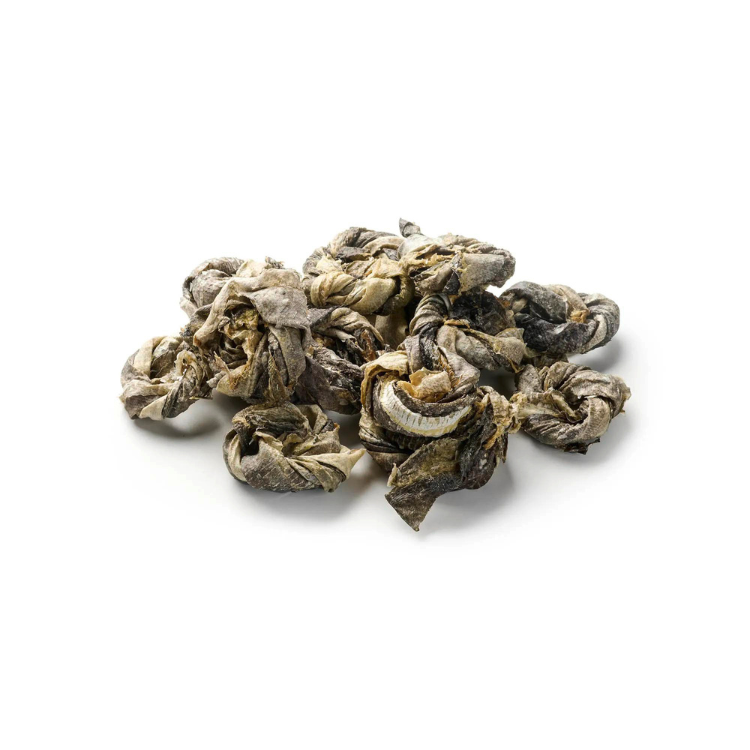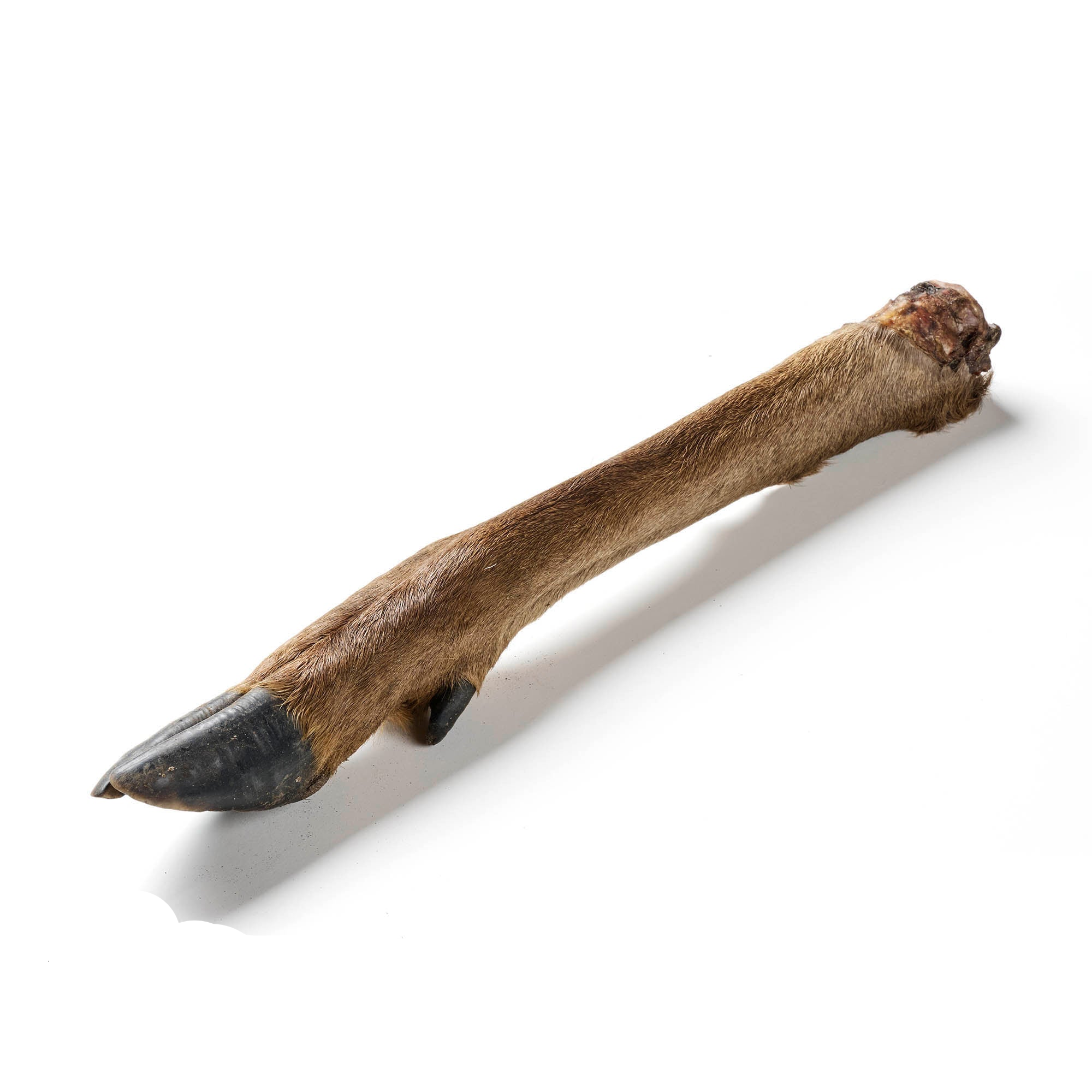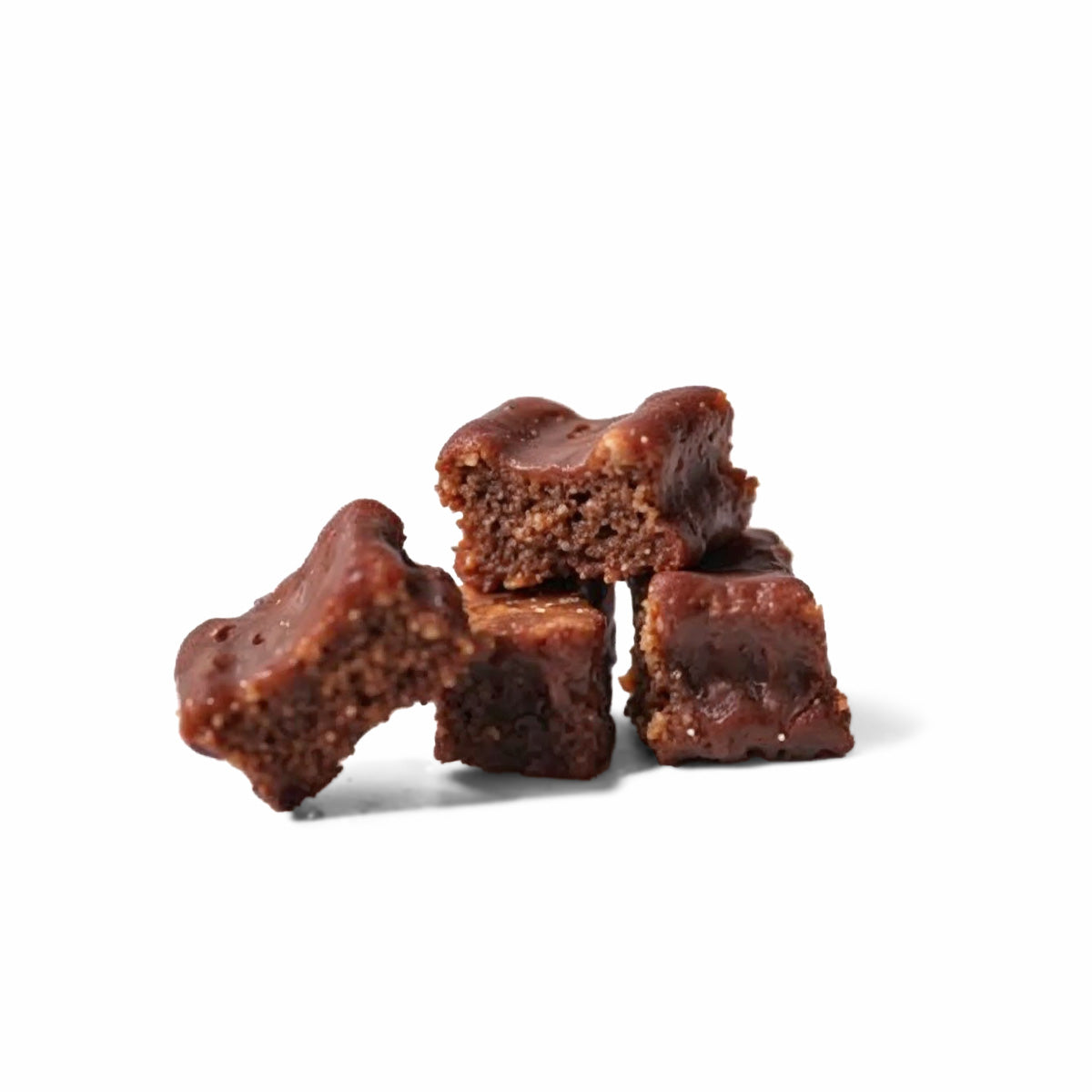
How much water does a dog need?
Share
Water is the elixir of life that keeps everything running - not just for us humans, but also for our animal companions. For dogs in particular, a sufficient supply of water is essential to remain healthy and vital. But how much water does a dog really need and what factors influence its daily water requirement?
From food to weight to activity level, many elements play a role in how much water a dog needs. Especially in the hot months, it's crucial to keep an eye on our four-legged friends to ensure they don't become dehydrated. There are a few simple tricks and rules of thumb that can help you better understand and manage a dog's water needs.
Contents: How much water does a dog need?
- Water: The foundation of life on our planet
- The importance of adequate water intake for dogs
- Calculate the amount of water correctly
- Can you give dogs too much water?
- Always keep the water bowl clean
- Don’t forget water on the way!
- The influence of food on the amount of liquid
- Recognizing dehydration in dogs
- Conclusion
Discover delicious dog snacks directly from our range!
Water: The foundation of life on our planet
Water is the element that makes life possible and sustains life on Earth. It is the most abundant substance on our planet, covering about 71% of the Earth's surface. But its importance goes far beyond sheer quantity. Water is the main component of all living organisms and makes up the majority of the body weight of many creatures, including humans and our dogs.
Water has unique physical and chemical properties that make it the ideal solvent and essential in numerous biological processes. It helps transport nutrients and waste products, regulates body temperature through sweating and evaporation, and enables biochemical reactions in cells and tissues. In addition, water acts as a lubricant in joints and protects delicate tissues such as the brain and eyes.
The importance of water can also be seen in its role as a resource of inestimable value for all ecosystems. It shapes the climate, forms landscapes and provides a habitat for an immense variety of organisms. In short, without water, life as we know it would not be possible. Reason enough to take a closer look at it.
The importance of adequate water intake for dogs
The importance of drinking for dogs is especially evident on hot days or during periods of high physical activity. Water plays a crucial role in regulating body temperature, digestion and the general well-being of your dog. It is especially important to keep an eye on your dog's water balance on hot days to avoid dehydration.
Calculate the amount of water correctly
A simple rule of thumb helps to determine the right amount of water for each dog. For each kilogram of body weight the dog should drink about 60 to 100 ml of water per day. For a body weight of 12 kg the dog should therefore drink between 720 ml and 1.2 liters. For 24 kg the dog should therefore drink between 1.44 liters and 2.4 liters. The formula is very simple, but just to be on the safe side, here's a written version:
- 0.06 l × 12 kg = 0.72 l
- 0.10 l × 12 kg = 1.2 l
This calculation will help ensure your dog gets enough water to stay healthy and active, especially during hot temperatures or intense exercise.
Can you give dogs too much water?
In general, dogs only drink as much water as they need to quench their thirst. It is unlikely that a healthy dog will drink too much water, even if fresh water is constantly available. There are rare cases of water intoxication (hyponatremia), but this is usually caused by special circumstances such as excessive playing in water. As long as your dog has clean water available at all times, he will usually regulate his water intake on his own and you cannot offer him too much water.
Spoil your dog with high-quality chewing products from our range!
Chewing bone with cod flounder cubes mini flounder
Always keep the water bowl clean
To ensure that dogs drink enough, there must be enough water available - and it should always be clean and germ-free. If you rinse and refill the water regularly, ideally daily, you don't have to worry. Of course, there is also a solution for lazy and forgetful people: drinking fountains for dogs.
These always offer the dog fresh water whenever it wants it. In addition, the high-quality drinking fountains can filter the water that is already in the cycle before it is offered for drinking again. This keeps it relatively clean and fresh. But of course these drinking fountains also have to be cleaned from time to time.
Don’t forget water on the way!
Many dog owners let their dogs drink from puddles or streams when they're out and about, and most of the time it's not a big deal. Running water in streams is generally safer than standing water in puddles, as it's less likely to be contaminated. However, it can be a good idea to pay attention to where exactly your dog is drinking - especially if there are fields nearby where manure has recently been spread.
On longer trips or on hot summer days, it's not a bad idea to take fresh water with you for your dog. A portable water bowl and a bottle of fresh water are ideal for ensuring your dog has access to clean water at all times. In an emergency, you can also share your own drinking water with your dog, as long as it is free of sugar and other additives.
Regular breaks and water offers help to keep your dog's water balance at a healthy level and prevent dehydration. This way, your four-legged friend stays healthy and happy, whether you are at home or on the go.
The influence of food on the amount of liquid
Since dry food , as the name suggests, is quite dry, the dog's body needs more water to digest it. The opposite is of course true for wet food . This contains a lot of water and helps to keep your dog's water balance at a healthy level, especially on hot days.
There is a trick for dry food, however. When mixed with water, the dry croquettes soften and retain moisture. This not only means the dog takes in more water, but the dry food is also easier to digest and can no longer swell up in the stomach, as this has already happened before eating.
Recognizing dehydration in dogs
Dehydration of humans and animals is one of the greatest dangers in hot temperatures. Dehydration simply means that the body is dried out - not enough water has been drunk! And this happens faster and more often than you think.
We humans recognize the first signs of dehydration in the mild headaches that become increasingly severe without fluids. Dogs probably feel the same way, but they have difficulty communicating it. Lack of energy and lethargy are usually the first signs.
Fortunately, there is a simple test to check whether the dog is lacking fluids, the so-called skin fold test:
Pull the skin on the neck up slightly and then release. Normally, the skin on the neck should fall back immediately and look the same as before. However, if the skin is dehydrated, it will take longer. If this takes longer than two seconds, the dog needs water and a vet . Since untreated dehydration can lead to death, it should be taken seriously!
Conclusion
If you have known your dog for a while, you also know its habits. Many dog owners immediately notice when their beloved four-legged friend suddenly behaves differently, eats less or drinks too little. But it can happen to even experienced dog experts, just like it can happen to us humans. That's why it's important to always remind each other to drink enough - especially on hot summer days! Dogs usually drink enough if they have enough water available - at home and when they're out and about! So always make sure that your four-legged friend has enough clean water available and actively offer it to him when you're out and about. This should help you get through the really hot summer months well.
Make your dog happy with our delicious snacks!

